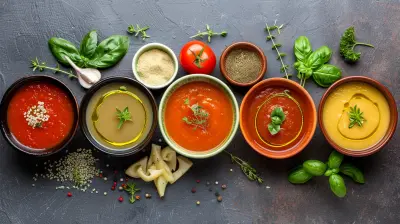Top Gluten-Free Grains to Include in Your Daily Diet
3 August 2025
If you're living the gluten-free life—whether by necessity or choice—you might worry that your options are limited. Honestly, it can feel like a minefield at the grocery store sometimes, reading every label like it’s a secret code. But here’s the good news: there are tons of delicious, nutritious, naturally gluten-free grains out there just waiting to become your next pantry staple.
Let’s walk through the real MVPs of the gluten-free grain world and how they can slide easily into your daily meals. We’re talking flavor, fiber, and feel-good benefits all wrapped up in one satisfying bowl.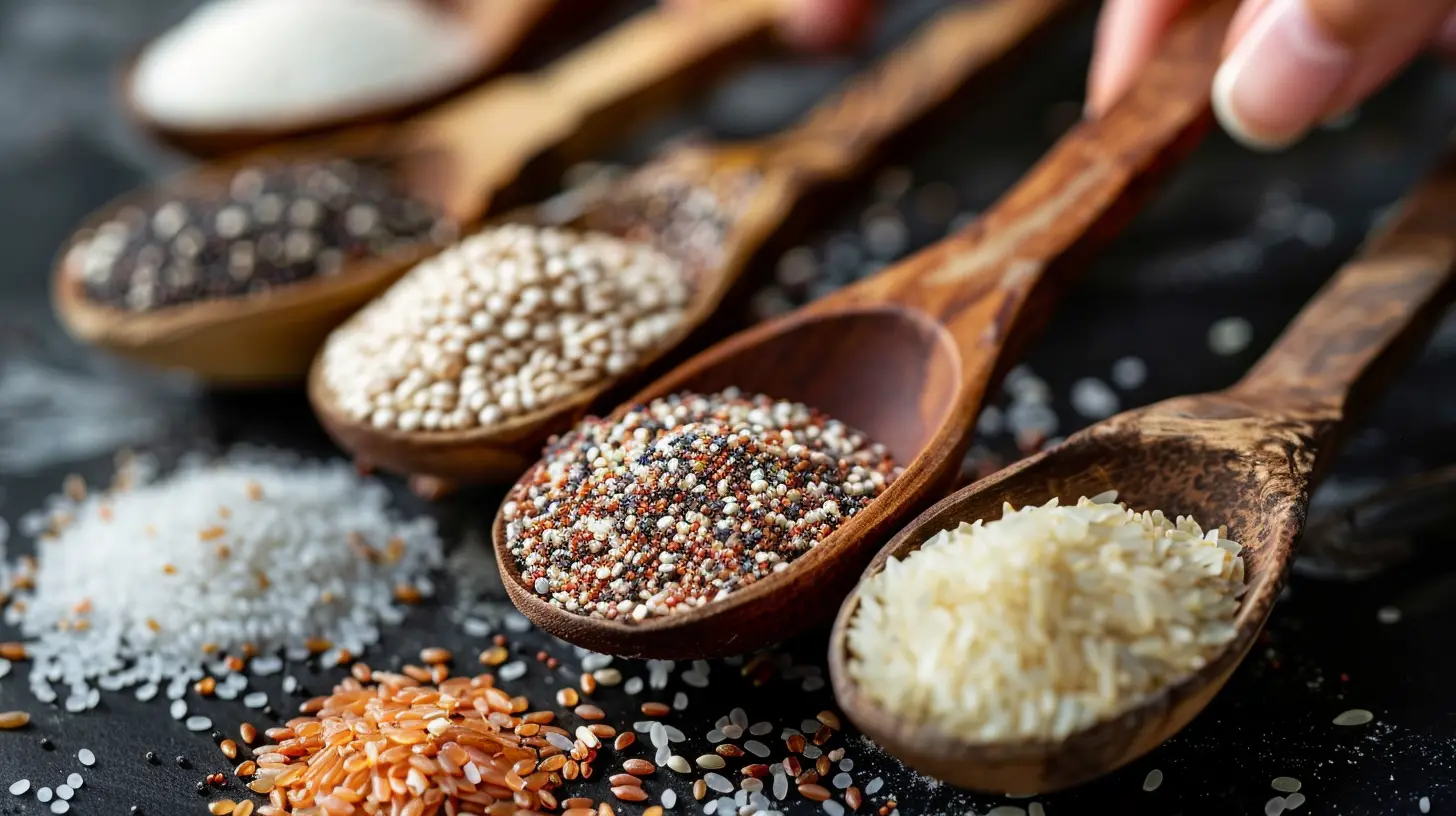
🌾 What Exactly Does “Gluten-Free” Mean?
Quick reality check—gluten is a protein found in certain grains like wheat, barley, and rye. For people with celiac disease or gluten sensitivity, even a small amount can light up the digestive system like a fire alarm. But for others, going gluten-free might just feel better overall. Less bloating, more energy, and fewer digestive issues? Yes, please!The catch? Gluten hides in everything—from bread to salad dressing. That’s why knowing which grains are safe is a total game-changer.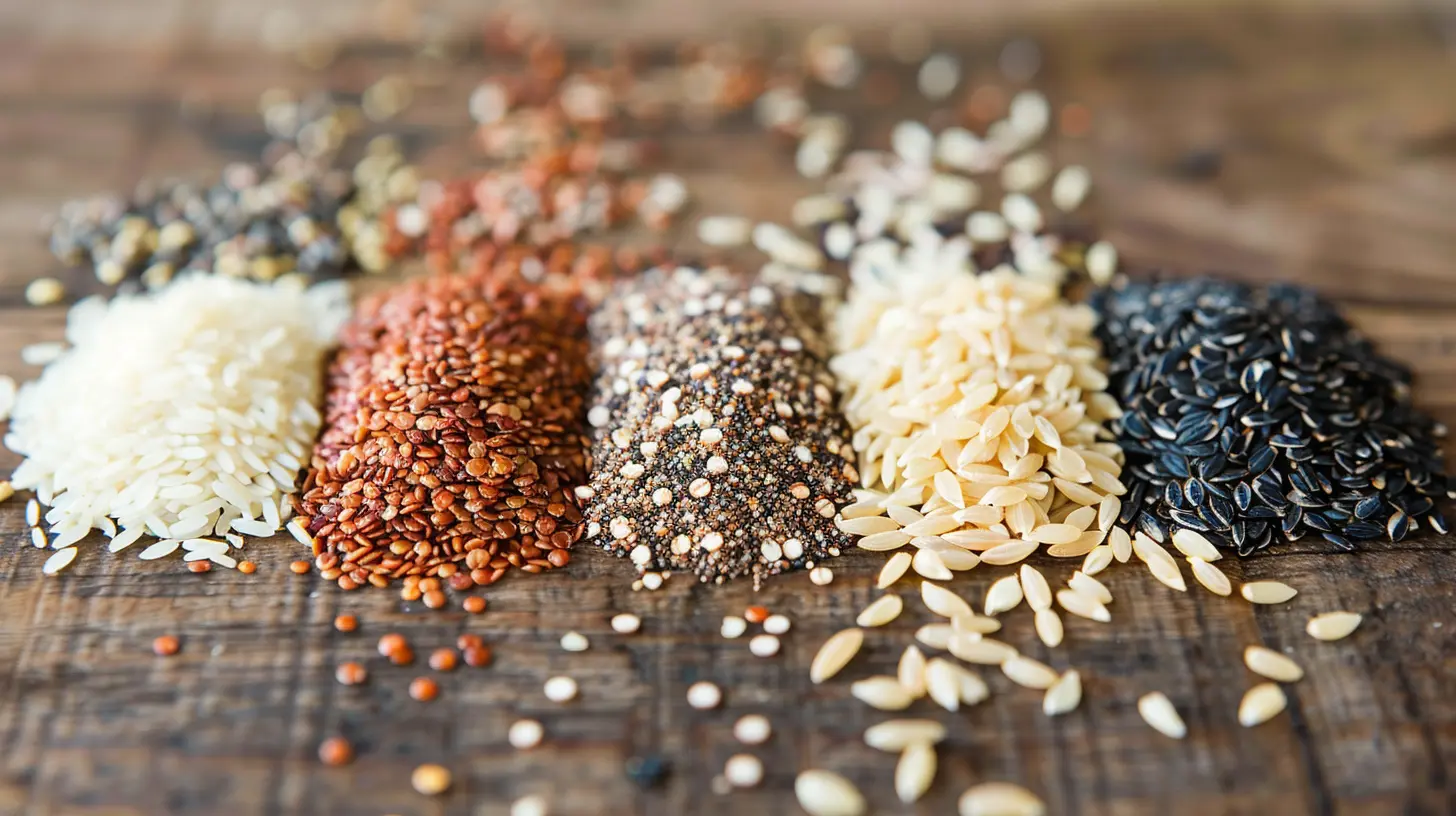
🌟 Why You Should Care About Gluten-Free Grains
Okay, so gluten-free doesn’t automatically equal healthy. A lot of gluten-free snacks are still packed with sugar, filler starches, and barely any nutrients.But whole, naturally gluten-free grains? That’s where the real magic happens. They’re not just “safe”; they’re nutritional powerhouses—loaded with fiber, plant-based protein, and essential vitamins and minerals.
They help with digestion, blood sugar control, weight management, and even brain health. Sounds like a win-win, right?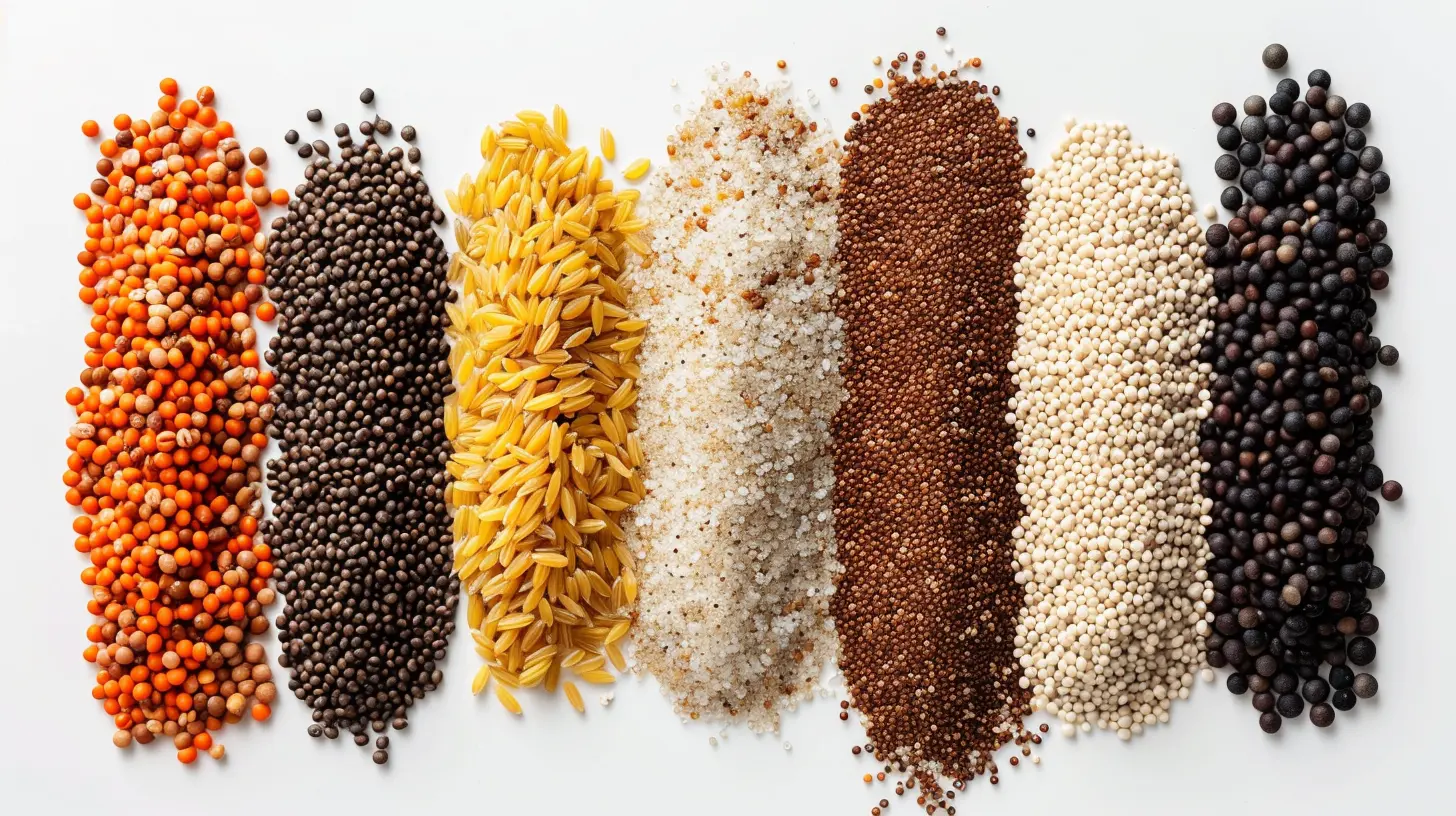
✅ Top Gluten-Free Grains to Include in Your Daily Diet
So now that we’re all on the same page, let’s break down some of the best gluten-free grains to keep in your kitchen—and your plate.1. Quinoa – The Queen of Gluten-Free Grains
If quinoa had a resume, it would be stacked. This little seed (yes, it’s technically a seed!) is often crowned a superfood—and for very good reason.- Complete protein: Contains all 9 essential amino acids
- Packed with fiber: Great for digestion and keeping you full
- Rich in iron, magnesium, and B vitamins
You can toss it in salads, use it as a base for bowls, or even make breakfast porridge. Oh, and it cooks in like 15 minutes. Perfect for busy weeknights.
> Think of quinoa as the cool, all-in-one friend who shows up with snacks, advice, and a hug—just when you need them.
2. Brown Rice – The Comfort Grain
Brown rice is the wholesome cousin to white rice—it keeps the bran and germ intact, which means it also keeps most of the nutrients.- Excellent source of manganese (crucial for metabolism and bone health)
- High in selenium and magnesium
- Naturally gluten-free and budget-friendly
It's super versatile and absorbs flavors like a champ. Stir-fries, grain bowls, soups—you name it.
> If quinoa is the superstar, brown rice is the quietly reliable best friend. Less flashy, maybe, but always showing up.
3. Millet – Small But Mighty
Millet might not be in your regular rotation (yet), but it’s a staple grain in parts of Asia and Africa—and it deserves more love.- Mild and slightly nutty flavor
- High in protein and antioxidants
- Supports heart health and lowers cholesterol
It’s also easy on the gut, making it a go-to if your digestive system needs some TLC.
> Millet is like that underrated indie band—you try it once and wonder why it took you so long.
4. Teff – Tiny Grain, Big Benefits
Teff might be the smallest grain in the world, but don’t let that fool you. It packs a serious nutritional punch.- Excellent source of iron, calcium, and resistant starch
- Naturally gluten-free with a slightly sweet taste
- Perfect for porridge, baked goods, and pancakes
It’s the main ingredient in injera, a traditional Ethiopian flatbread. If you haven’t tried it—add it to your foodie bucket list.
> Teff is like the pocketknife of grains—small but incredibly useful in a ton of ways.
5. Buckwheat – Not Wheat at All
Despite the name, buckwheat is actually a gluten-free seed. I know, confusing, right?- Great source of rutin, a powerful antioxidant
- Balances blood sugar and supports heart health
- Earthy flavor that works in both sweet and savory recipes
Used in soba noodles (make sure they’re 100% buckwheat!), pancakes, and even granola—it’s super versatile.
> Buckwheat is like the quirky coworker who surprises you with their hidden talents. You’ll wonder how you managed without it before.
6. Amaranth – The Ancient Grain with Modern Vibes
Once a staple in Aztec cuisine, amaranth is making a comeback—and we’re here for it.- Protein-rich and high in lysine (an amino acid many grains lack)
- Excellent source of calcium, iron, and magnesium
- Naturally gluten-free and slightly nutty in flavor
You can cook it like oatmeal, pop it like popcorn, or include it in soups and stews.
> Think of amaranth as your nostalgic mixtape—it’s old-school, but still totally relevant.
7. Sorghum – The Grain with Grit
Sorghum is hearty, chewy, and totally underrated. It resembles wheat berries but without the gluten drama.- High in antioxidants, fiber, and protein
- Slows down digestion and helps regulate blood sugar
- Can be ground into flour or popped like popcorn
Bake with it, brew it, or boil it—sorghum can do it all.
> Sorghum is like the utility player on a sports team—dependable, adaptable, and always ready to play.
8. Corn – Yes, It Counts (With One Caveat)
Corn is naturally gluten-free. But here’s the catch—processed corn products (like tortillas and cereals) can sometimes be cross-contaminated. Always read labels!- Rich in fiber, antioxidants, and B vitamins
- Sweet or savory dishes? Corn does both
- Great in polenta, popcorn, or good ol’ corn on the cob
If you stick with whole corn, you’re golden.
> Corn is the life of the party—bright, friendly, and showing up in all the best dishes.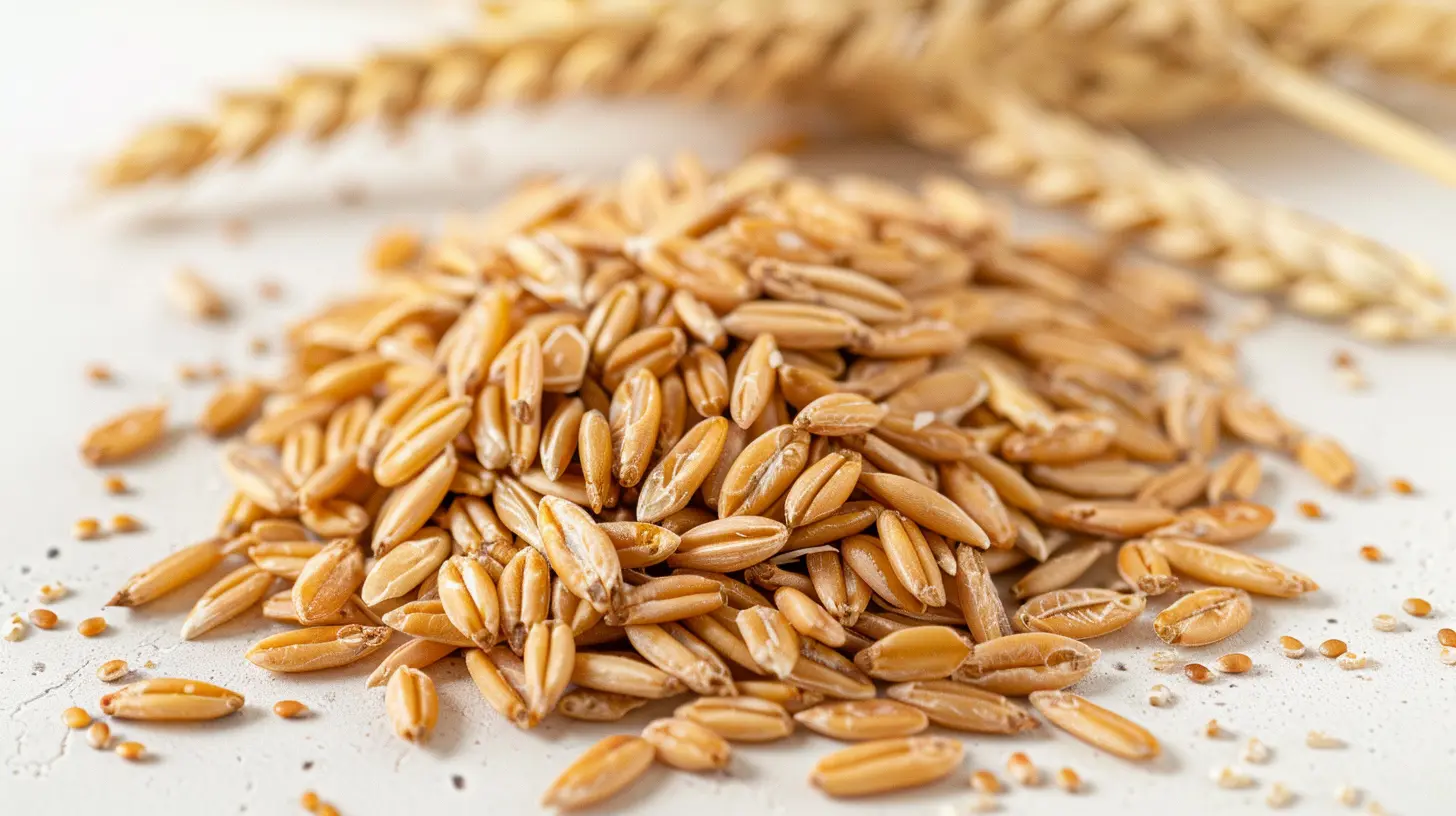
🥣 Easy Ways to Add These Grains to Your Diet
No need to overhaul your kitchen overnight. Start small. Pick one or two grains and try them out in familiar recipes. Here are a few simple ideas:- Swap quinoa for rice in stir-fries or burrito bowls
- Make brown rice or millet porridge for breakfast with cinnamon and fruits
- Add cooked teff or amaranth to pancake batters for extra nutrition
- Use buckwheat flour in your weekend waffles
- Try sorghum in soups or salads for a nutty, chewy texture
- Snack on air-popped popcorn for a whole grain treat
Consistency is key. Before you know it, these will become your go-to pantry staples.
🧠 Bonus Tips to Keep in Mind
- ✅ Always check labels for cross-contamination, especially for packaged products.- ✅ Store your grains properly—cool, dry places work best.
- ✅ Rinse grains like quinoa and millet before cooking to remove any bitter coating.
- ✅ Try mixing grains for texture and nutrition variety.
💬 Final Thoughts: Gluten-Free Grains Are Anything But Boring
Living gluten-free doesn’t mean giving up your love of delicious, hearty, fulfilling food. In fact, embracing gluten-free grains can actually open up a whole new world of tastes and textures that might surprise you.These grains are more than diet substitutions—they're full-on upgrades in their own right. So whether you’re gluten-free out of necessity or just trying to eat more whole foods, these grains are ready to earn a permanent spot on your dinner plate.
No need for FOMO when your pantry is stocked with all these wholesome, flavorful options. Your gut—and your taste buds—will thank you.
all images in this post were generated using AI tools
Category:
Gluten FreeAuthor:

Angelo McGillivray
Discussion
rate this article
1 comments
Sera Dorsey
Great tips, thank you!
August 14, 2025 at 3:04 AM

Angelo McGillivray
You're welcome! I'm glad you found the tips helpful!
